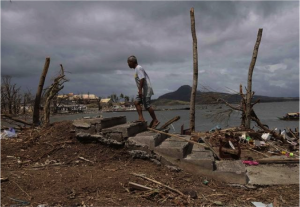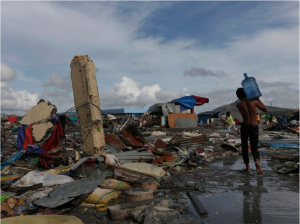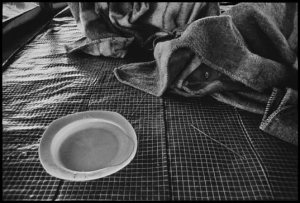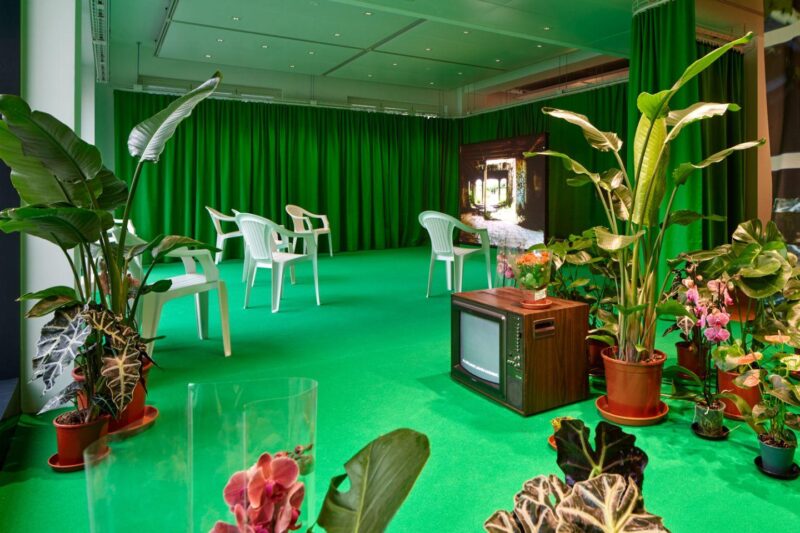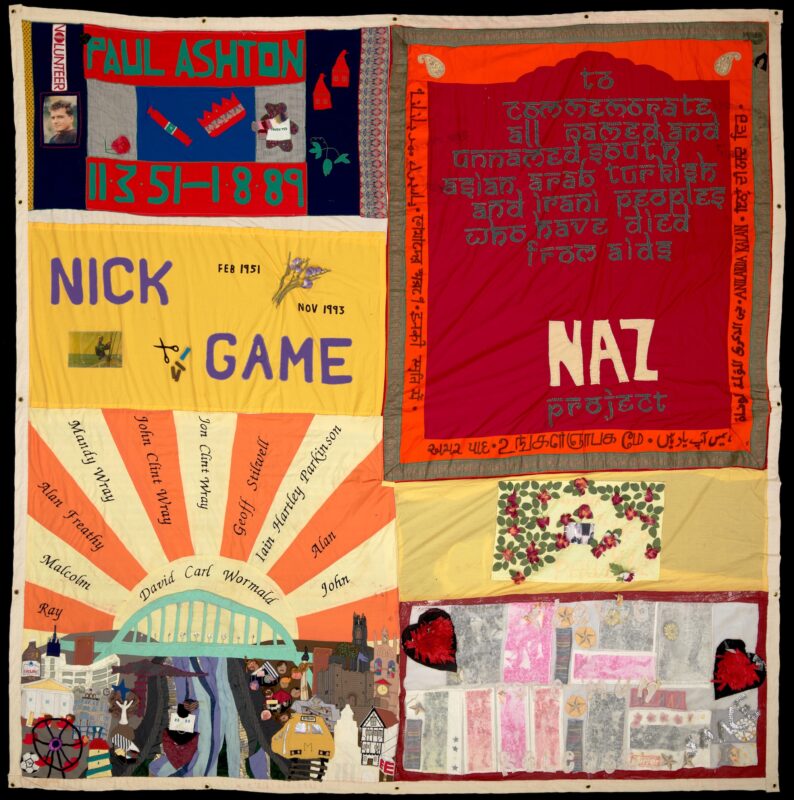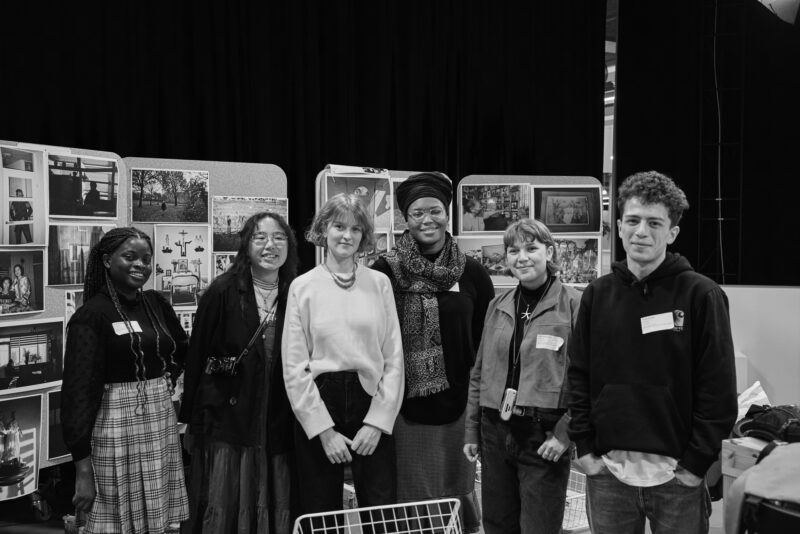[ Survivors of the Philippine disaster ]
The recent disaster in the Philipines, with no disrespect, has followed suit in terms of the imagery it has produced.
The above images demonstrate the lives of the victims, using stunning emotion, framing, colour and movement. Across the past century photojournalists have constantly been embedded in war zones, disaster areas and at the site of social, political and humanitarian issues in order to document occurrences as they happen. The bombardment of images in contemporary society forces photojournalists to come up with images that not only report back to the public what is happening, but are iconic. Society has become desensitised to horrific images, due to their ubiquitous nature, so now these photographers have to raise the bar, creating photos with perfect framing, art historical reference, tender emotion and internal dialogue. These talented journalists, who just use images instead of words, have been rightly raised to the status of artists, publishing expansive catalogues and retrospective exhibitions of their works. And rightly so.
Some of the most famous and gifted photojournalists of the 20th century include; James Nachtwey (featured below), Ron Haviv, Robert Capa, Don McCullin, Steve McCurry, Gary Knight, Martin Parr, Christopher Morris.

[ Chechnya, 1996 – No man’ s land between Russian army and Chechen rebels in Grozny.]
“I have been a witness, and these pictures are my testimony. The events I have recorded should not be forgotten and must not be repeated.” – James Nachtwey
James Nachtwey is considered to be one of the greatest photo-journalists of our time, capturing disasters, war and social events across the world. Nachtwey’s style of photography intends to capture the truth, a real representation of his subjects, and their stories, and to bring the struggles of humanity to the masses, to wake us up, to stir up our emotions and move us to action.
[Sudan, 1993 – Famine victim about to receive water in a feeding centre.]
[Somalia, 1992 – Famine victim sewn into burial shroud.]
[Sudan, 1993 – Famine victim in a feeding center.]
His images are catastrophically sad. They’re haunting, desperate and painful to look at. Nachtwey’s intense photographic skills teamed with such horrific subject matter creates a paradox in every single one of his images. They are formally stunning; dramatic lighting, perfect framing and tender, contemplative emotion is juxtaposed with horror, disbelief and utter sadness in his images, most terribly so within his “AIDs” and “Famine” series. His images are, mostly, shot in black and white, evoking a gritty, documentary notion necessary to exemplify the truth of his images. His role as an embedded photographer, alongside his own personal, passionate belief that change will come, permits his images to capture the story of an individual within a monumental and brutal picture. He shoots his subjects without exploitation of their suffering, as has been accused of many war correspondents in the past, but to transmit a message.
Nachtwey is an author, rather than a supplier, of war photo-journalism. His images, despite their content, are each beautifully shot, communicating a message that stretches much further than the edges of the composition and subtly referencing art historical practice in the framing or associations of the image.
Zaire, 1994, “Hutu refugees were struck down by cholera and buried in mass graves”
The above image exemplifies Nachtwey’s gritty, monumental, shocking, horrific, yet beautiful representation of human suffering. As is mentioned in the image’s title, Nachtwey has captured the moment in which a young victim of cholera has been collected to be taken to a mass grave. Her limp body, which hangs loosely from the back of a truck, is represented in the same position as the “deposition”: the moment Christ’s body is taken down from the cross. Nachtwey’s skills as a communative photographer are blatant as he not only represents horrific trauma and sadness in this image but also conveys religion, prestige and art historical reference to create a powerful and iconic image. This deposition however is not tender. This young girl is alone in death. She has not fallen into the arms of surrounding relations and loved ones, but has been carted off by a machine. Nachtwey has created a mechanical deposition here. The only other figure in the image is a French soldier, who at once mirrors the position of both the photographer and the spectator, disturbing the understanding of the image.
This photo is just that. A paradox. Its subject is deeply moving, horrific, traumatising and sad, but the formal values alone are stunning.
‘It is a sad testament to Western news values that we are less at ease with photos of emaciated famine victims than picking over pictures of wealthy superstars whose bones similarly poke through flimsy clothing. It is easy to get sanctimonious when confronted with these pictures but without these terrible images to haunt us we leave history to the spin doctors and media agents who would sanitise our memories of war. As a witness to violence and death, Nachtwey’s lens always sits with the victims – recording the carnage not from the eyes of the soldiers but on the ground with the ordinary people caught up in the terror.‘ (The Big Issue)
–words by Kimberley Brown
